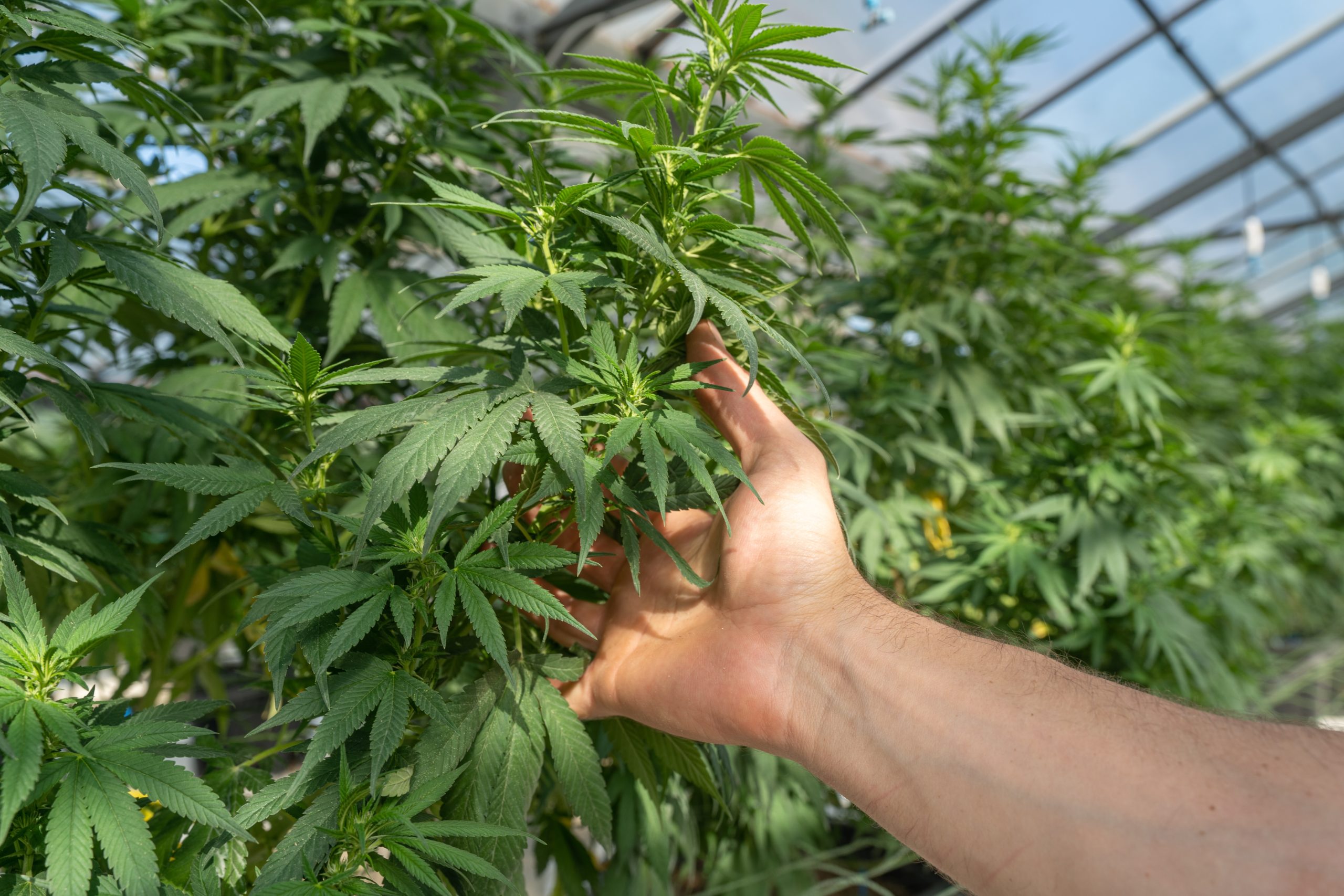Sun, Sand, and Sustainability: Eco-Conscious Cannabis Cultivation along the Coast
Against the picturesque backdrop of coastlines, a new era of cannabis cultivation is unfolding—one that values both environmental sustainability and coastal aesthetics. Join us as we delve into the world of Sun, Sand, and Sustainability: Eco-Conscious Cannabis Cultivation along the Coast, where innovative techniques meet the serenity of coastal landscapes.
Eco-Conscious Cannabis Cultivation by the Coast
Coastal landscapes are both delicate and captivating, making them ideal settings for environmentally conscious cannabis cultivation. Let’s unravel the strategies that are shaping the future of sustainable cannabis farming along our shores.
Smart Water Management: Nurturing Nature
Water is a precious resource, especially in coastal regions. Smart water management systems utilize data to ensure precise irrigation. By nurturing cannabis with the right amount of water at the right time, these systems optimize growth while preserving coastal water sources.
Sustainable Energy Harvesting: Powering Progress
Coastal areas are blessed with ample sunlight and wind, which can power cannabis cultivation sustainably. Integrating solar panels and wind turbines reduces the carbon footprint while ensuring a reliable energy source. This integration paves the way for a greener future for coastal cannabis cultivation.
Vertical Farming Innovations: Reaching New Heights
Coastal regions often face space constraints, making vertical farming an innovative solution. This method involves stacking plants vertically, maximizing space utilization. Vertical farming conserves land, requires fewer resources, and enables year-round cultivation, all while leaving the coastal beauty untouched.
Circular Systems: A Harmony of Resources
Circular systems epitomize eco-conscious coastal cannabis cultivation. These closed-loop setups recycle water, nutrients, and materials, creating a sustainable cycle. By minimizing waste and reducing external inputs, cannabis cultivation along the coast becomes an embodiment of environmental responsibility.
Eco-Friendly Packaging: A Green Touch
The commitment to sustainability extends beyond cultivation to packaging. Eco-friendly packaging solutions, such as biodegradable materials, minimize plastic waste and resonate with coastal conservation principles. This approach reflects the cannabis industry’s dedication to environmental harmony.
Community Involvement: Bridging Bonds
Coastal communities play an integral role in eco-conscious cannabis cultivation. Engaging with locals fosters mutual understanding and support. By involving residents in cultivation efforts, the cannabis industry contributes positively to both coastal ecosystems and the local community.
Data-Driven Precision: Cultivating Intelligence
Data-driven practices elevate cannabis cultivation to new heights. Advanced analytics and machine learning optimize resource allocation and crop health. By minimizing waste and maximizing efficiency, coastal cannabis farming embraces intelligence for a sustainable future.
Regenerative Farming: Nurturing Nature
Regenerative farming practices restore and enhance coastal ecosystems. Prioritizing soil health and biodiversity, this approach embodies the essence of sustainable cultivation. By nurturing the land, coastal cannabis cultivators contribute to the well-being of both the environment and their crops.
Climate-Resilient Strains: Adapting to Change
Coastal climates can be unpredictable due to climate change. Climate-resilient cannabis strains are tailored to withstand these variations, reducing the need for resource-intensive interventions. By cultivating resilient strains, coastal farmers ensure consistent yields while maintaining sustainability.
Greenhouse Innovations: Controlled Growth, Less Impact
Greenhouses provide a controlled environment that safeguards cannabis from coastal elements. These structures optimize sunlight exposure while sheltering plants from harsh conditions. By fine-tuning the growing environment, coastal cannabis cultivators optimize yields while minimizing their ecological footprint.
Learning from the Sea: Marine Inspiration
Coastal cannabis farming draws inspiration from marine ecosystems. Techniques like aquaponics and seaweed cultivation offer insights into sustainable nutrient cycling. By emulating these natural processes, the cannabis industry can develop practices that coexist harmoniously with coastal environments.
FAQs
Q: Can cannabis cultivation along the coast be sustainable?
A: Absolutely, eco-conscious practices allow cannabis cultivation while preserving the coastal ecosystem.
Q: How does vertical farming contribute to sustainability?
A: Vertical farming optimizes space, conserves resources, and supports year-round cultivation in coastal regions.
Q: Can renewable energy be harnessed for coastal cannabis cultivation?
A: Yes, integrating solar and wind power reduces the carbon footprint and ensures sustainable energy for cannabis farms.
Q: How do circular systems benefit coastal cannabis farming?
A: Circular systems minimize waste through water and nutrient recycling, promoting both efficiency and sustainability.
Q: Is eco-friendly packaging practical for cannabis cultivation?
A: Certainly, eco-friendly packaging aligns with sustainable principles, reducing plastic waste and benefiting both cannabis and coastal environments.
Q: How does community involvement impact coastal cannabis cultivation?
A: Engaging with local communities fosters understanding, leading to mutual benefits for cannabis cultivation and coastal ecosystems.
Conclusion
Sun, Sand, and Sustainability: Eco-Conscious Cannabis Cultivation along the Coast embodies a paradigm shift in cannabis farming. Through embracing sustainable innovations, cultivators showcase their commitment to both plant growth and the preservation of coastal splendor. This harmonious journey of eco-conscious cultivation paints a brighter future for both the cannabis industry and the enchanting coastal landscapes.

